CONTENTS:
As a Leica shooter and collector, it’s nearly impossible to avoid owning a Leica M6 at least once. Its timeless design has graced countless advertisements, made appearances on the big screen, and inspired thousands of photographers to jump into the world of Leica photography.
INTRODUCTION
For me, I’ve owned an M6 Classic on 3 separate occasions, each one in black, with the classic red Leica dot, over the span of 1.5 years. It’s stupid, I know. I should’ve kept my first copy of the M6, but I was young, dumb, and wanted to try newer, more exciting things, such as a Leica M (Typ 240).
But, with each mistake comes priceless experience, so what have my experiences with the Leica M6 Classic taught me? Let’s find out.
DESIGN
In hand, the M6 Classic feels just like any other Leica M film body, except for its weight. It’s just a tad lighter than an M3, thanks to its zinc top plate, and quite a bit lighter than any digital M camera. Thanks to its lightness, the camera feels good in hand, and hardly ever feels like it’ll slip out of my grip. In a word, the balance is perfect.
The film advance lever is separated into two parts: a metal prong and a plastic tip, connected by a hinge. In comparison to an MP, the plastic-tipped advance lever just isn’t as confidence-inspiring as a full-metal advance lever, but does the job well, regardless.
The shutter speed dial feels small at times, and a bit difficult to turn in a hurry, but this is a quality shared by nearly all film Leica M bodies (except the M5, M6 TTL, and M7). As a result, shooting in a fast-paced environment can be stressful when trying to achieve the right exposure settings.
After shooting an M3 and MP, the angled rewind lever of the M6 Classic is a godsend, because it makes you wonder what idiots (oops, ‘Made in Germany’) designed the thumb-peeling rewind knob (pictured above) of the Classic Leica M bodies.
Overall, the M6 Classic is one of my favorite cameras to hold and shoot, because of its comparative light-weight and usability.
IN USE:
The M6 Classic was produced with three different viewfinder magnifications during its extensive production run.
These include: 0.58x, 0.72x, and 0.85x
At any magnification, the M6 Classic is notorious for its rangefinder patch flaring out whenever a light source is pointed at an angle towards the front of the camera.
I’ve owned two copies of the 0.72x and one copy of the 0.85x.:
The first 0.72x M6 Classic I owned was quite frankly, terrible. It was CLA’d by YYE twice, and still managed to have a vertically misaligned rangefinder patch. It also flared whenever a small (or big) light source approached it from an angle, and was a nightmare to focus in any portrait situation. Thus, I sold that one quite quickly.
The second copy, a 0.85x from my dear friend, Bryan Nguyen, was fantastic for focusing any lens thanks to its high magnification, but was also a frequent victim of rangefinder patch flare.
My third and current copy of the M6 Classic, at 0.72x viewfinder magnification, has the coveted MP viewfinder upgrade, and is nearly impervious to any sort of flare. Focusing with it is a luxury. In my opinion, the perfect M6 Classic must have the MP finder upgrade, because it makes it imminently more usable in fast-paced environments where critical focus is a must.
Metering with an M6 Classic is achieved via two red left/right arrows that tell you if you’re under- or over-exposed. This method of metering has always been spot-on for me, and I’ve consistently been pleasantly surprised and rewarded by perfectly exposed images, thanks to the M6’s meter correcting my gut-feeling metering. However, later M models had a circular dot in the middle of the arrows to more clearly indicate correct exposure metering.
There’s not much to say about the M6 Classic in use, because it just works. If you know how to meter a scene, then the M6’s light meter is only there to boost your ego. If not, the M6 nudges you in the right direction. The camera doesn’t freeze up, it doesn’t have bugs, and it just keeps going. It also works with or without a battery, so it’s a low-maintenance tool.
FOR PORTRAIT PHOTOGRAPHY
Since I first started using a Leica M (Typ 240) for portraits last year in Hong Kong, I’ve gotten increasingly used to quickly framing and exposing using a rangefinder in portrait sessions.
Truth be told, once you’ve used one M camera, you’ve basically used them all. The only differences lie in aesthetics and metering techniques. So, the M6 feels like a seamless transition from my M (Typ 240) for portrait work.
The M6 is also very photogenic, so it makes a great prop for behind-the-scenes photos!
It’s also come in handy as a second camera alongside the Leica SL, because it offers a completely different way of framing and perspective while shooting the same subject. I’m often pleasantly surprised by how different the same subject and scene look when using the M6 versus the SL.
As I’ve mentioned previously in my M (Typ 240) review, there is no other camera I love more than an M6 Classic for street shooting (except maybe the Leica Q). The soft click of the shutter release, the small size of the M6 body, and its (relatively) light weight make it a perfect walking companion, anywhere in the world.
FOR STREET AND TRAVEL PHOTOGRAPHY
Last year, when I brought the Q and M (Typ 240) to Hong Kong, I dreaded lugging the M outdoors, and wished I had my M6 Classic with me on the streets.
On my trip to Hong Kong this year, I brought my M6 Classic 0.72x and a few lenses as my main film set-up.
It was amazing.
These posts clearly illustrate just how perfect the M6 Classic is for traveling [lots of my sample images]:
In the past, I’ve brought 2-3 digital cameras on every trip that I went on, and ended up with thousands of photos I dreaded having to sort through, back up, and edit. With film, I ended up shooting merely hundreds of frames, and resulted in photos that I actually adored and spent little to no time retouching. I not only saved hours of time and work, but came away with more photos that I genuinely liked.
The process and cost of shooting film made me more aware of what I was photographing and much more critical of my shooting habits. So, as a travel and street photography camera, the M6 Classic is exactly what I needed and will continue to use.
AS A LIFE COMPANION
I almost always have a camera with me if I’m out of the house. So, when it comes time to choose a camera that I want to take out with me, I tend to reach for the one that I know will serve me best in any situation. And, since I’m lazy, I tend to choose the one that’s lightest.
The M6 Classic is usually my top pick, followed closely by my M9-P. The body is lightweight, and depending on the lens that I take out with me, keeps a low profile as well, which helps when I’m walking on the street or on my University campus.
Because of the way it works so effortlessly, the M6 is a camera that helps you document your life accurately, letting you look back on moments with a candid realism that few other cameras can provide.
You spend no time fiddling with menus, buttons, or any other frivolous features that many digital, or even other film cameras are burdened with. Just know your exposure, or follow the built-in meter, and you’re set.
The M6 is a camera you can spend a lifetime with.
So, with all of these perks, why did I keep selling my M6 Classics? Truth be told, it’s because I never thought I’d use it enough to warrant keeping it.
LESSON LEARNED?
Shooting film in the United States is expensive, with film costing anywhere from $3-12 a roll, and development costing at least $7.50 per roll. On the other hand, film development and scanning costs around $4 a roll in Hong Kong.
As a consequence, I kept making excuses for myself that my M9-P, with all of its ‘quirks’ and slow responses, would fill the gap for a film Leica M experience.
However, every time I wanted to go out to downtown Seattle to shoot some street photography or wander around my college campus with a film camera, I always missed having an M6 in hand.
Will I keep this M6 Classic? Yes, most likely, unless I find a good deal on an MP. Otherwise, my M6 Classic in its current user condition will stay with me for the indefinite future.
IN CONCLUSION
Leica M6 reviews are in overabundance. Look at any of the search results for a Leica M6 review on YouTube or Google, and you’ll find dozens, maybe hundreds of videos of why the Leica M6 is a great entry into Leica photography, why it has a cult following, or even why it’s the best Leica camera ever made. So, when I first started out writing this review, I knew that there wasn’t much more I could add to the excessive coverage of the Leica M6.
However, I wanted to share my perspective on using the Leica M6 Classic, because few reviewers have owned it three separate times, with each copy having slightly different characteristics.
There’s truth behind the saying ‘Third time’s the charm,’ because my third Leica M6 Classic has, without doubt, been my favorite film Leica body to use thus far. It is an imminently usable tool, and provides consistently great results, roll after roll.
The Leica M6 Classic’s design is smart, while never overburdened with technology. The M6 remains a true classic not only in Leica’s history, but in film photography as a medium.
If you’ve found my blog helpful or has added value to your day, please use the following link for your purchases on Amazon: Link to Amazon here
As an Amazon Associate I earn from qualifying purchases.








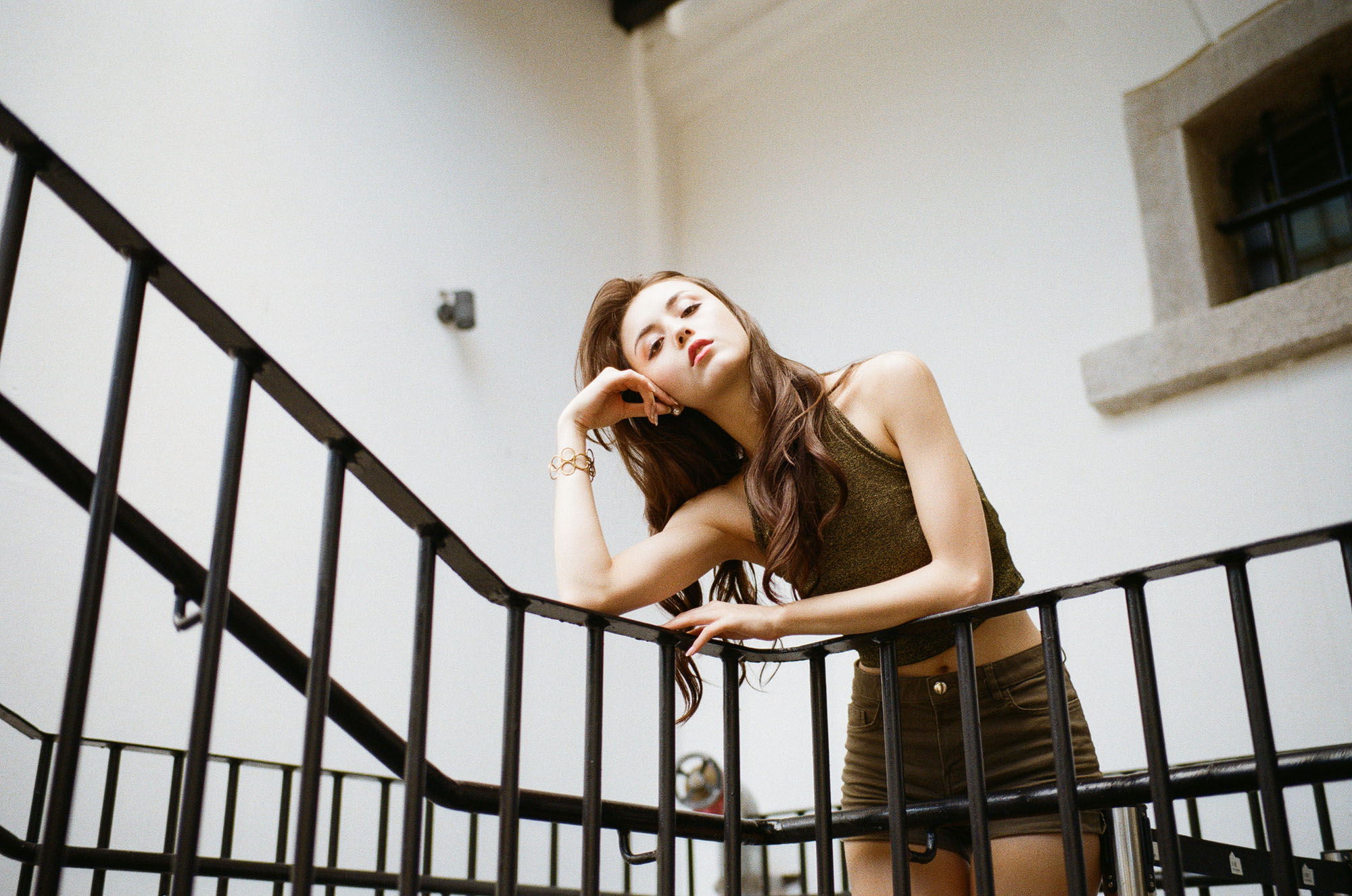

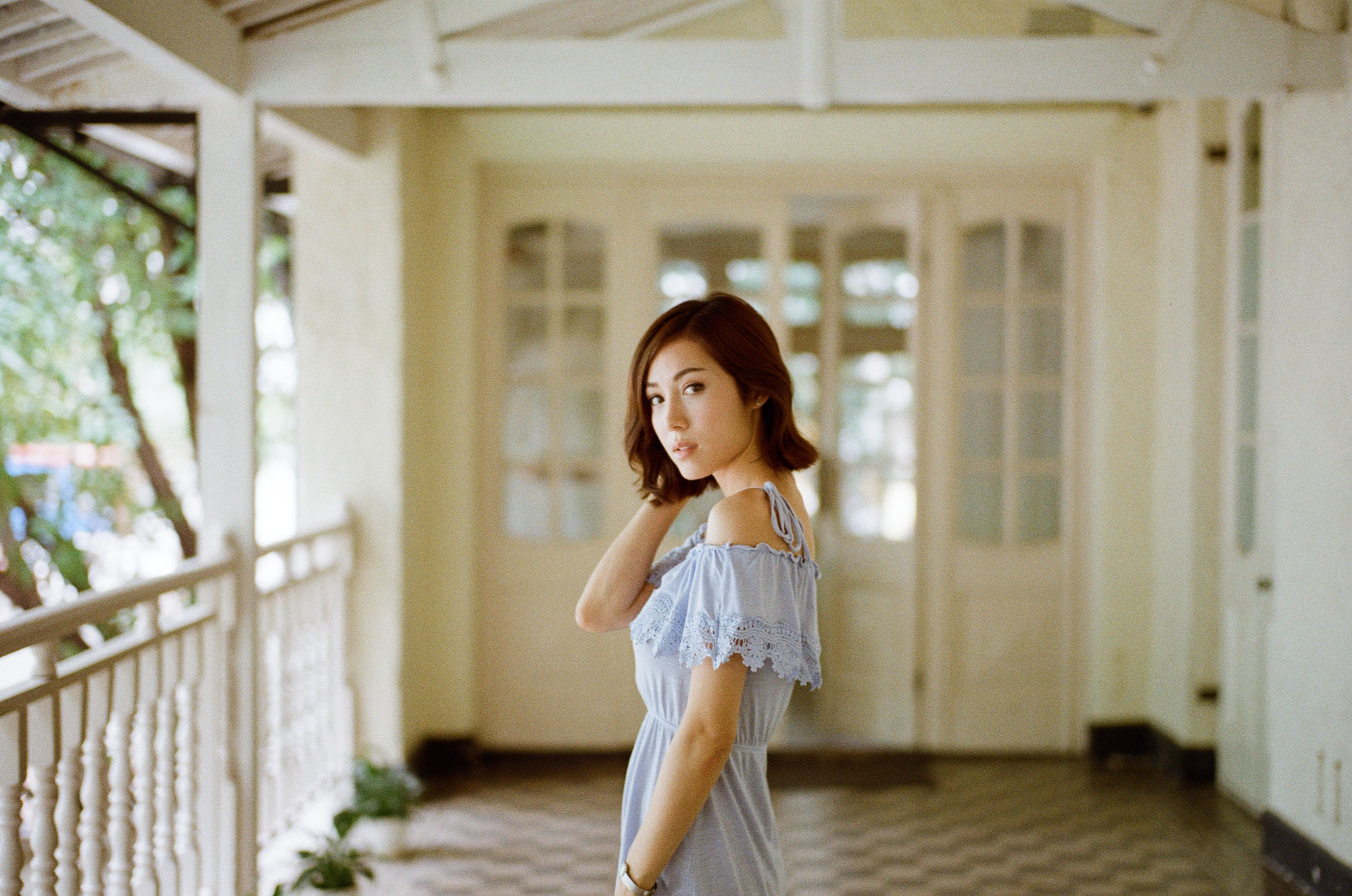

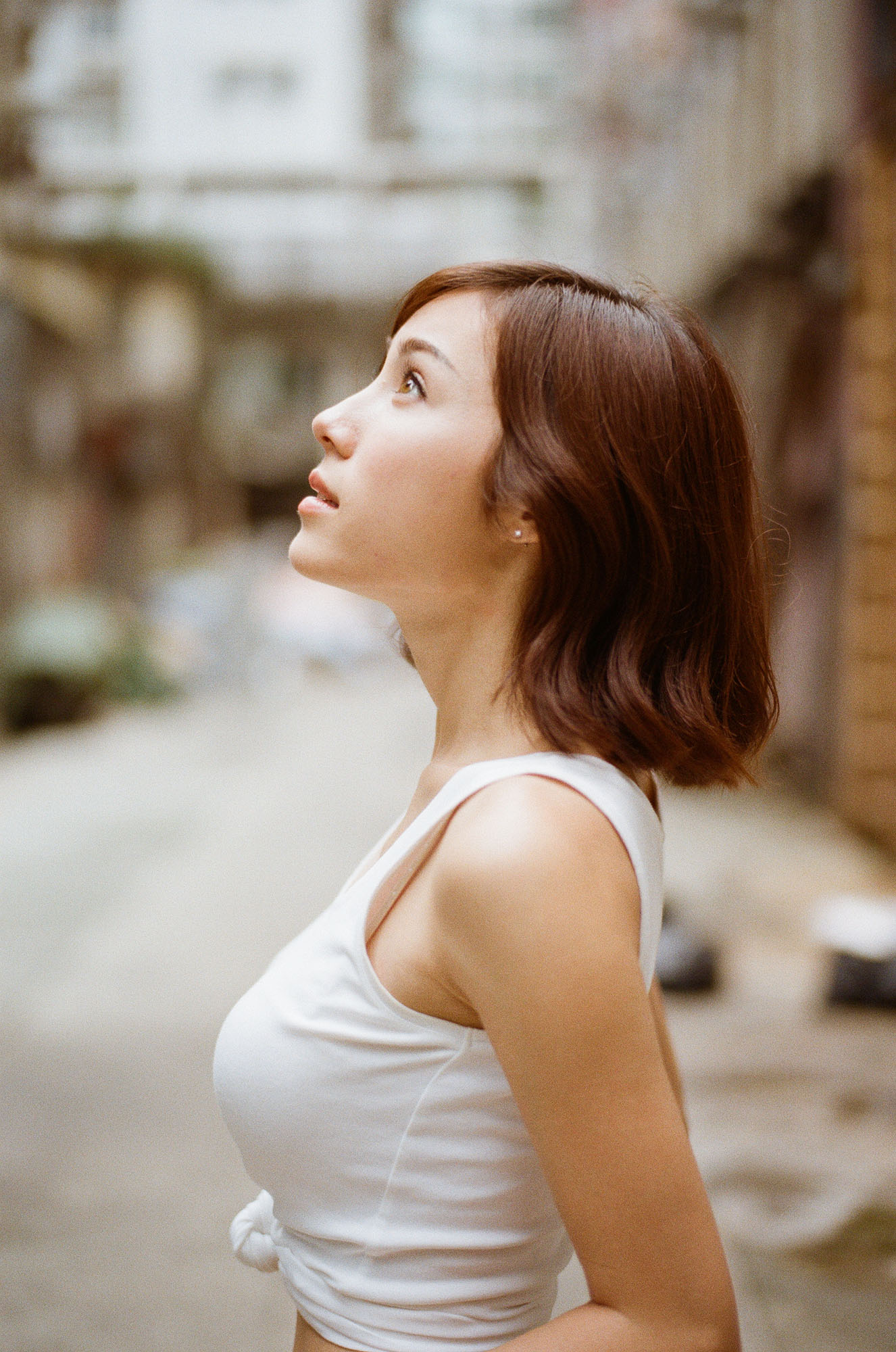
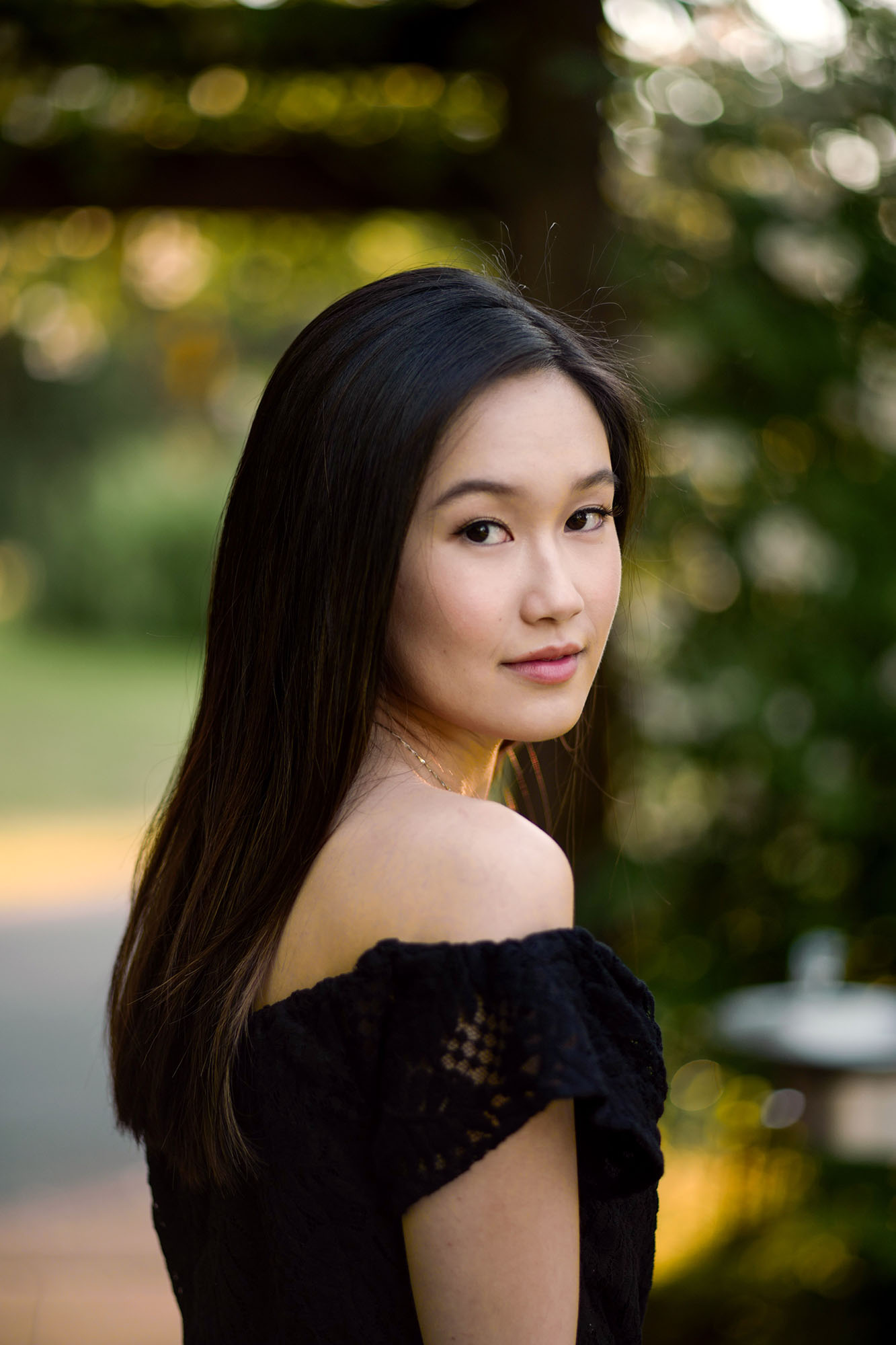









































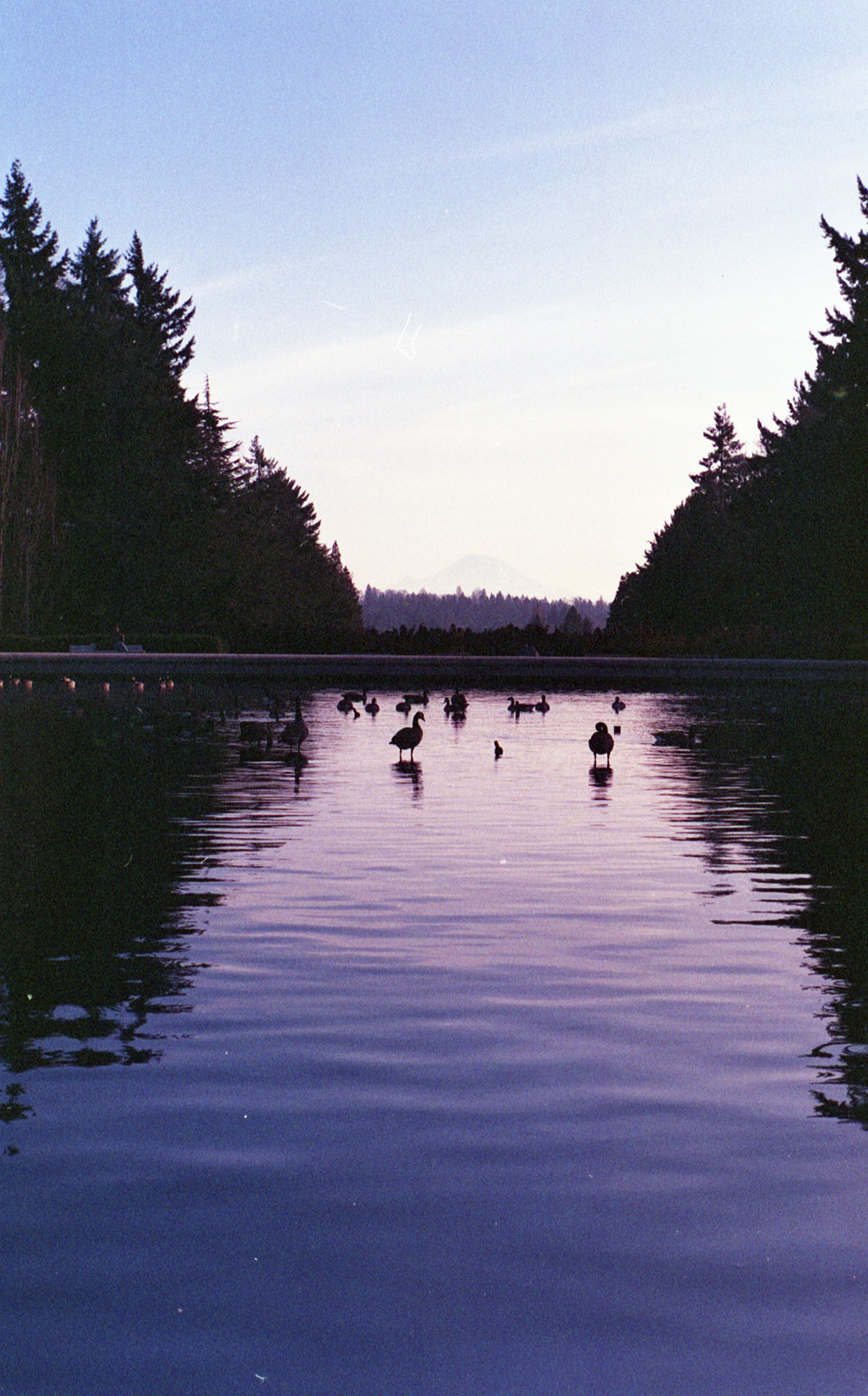
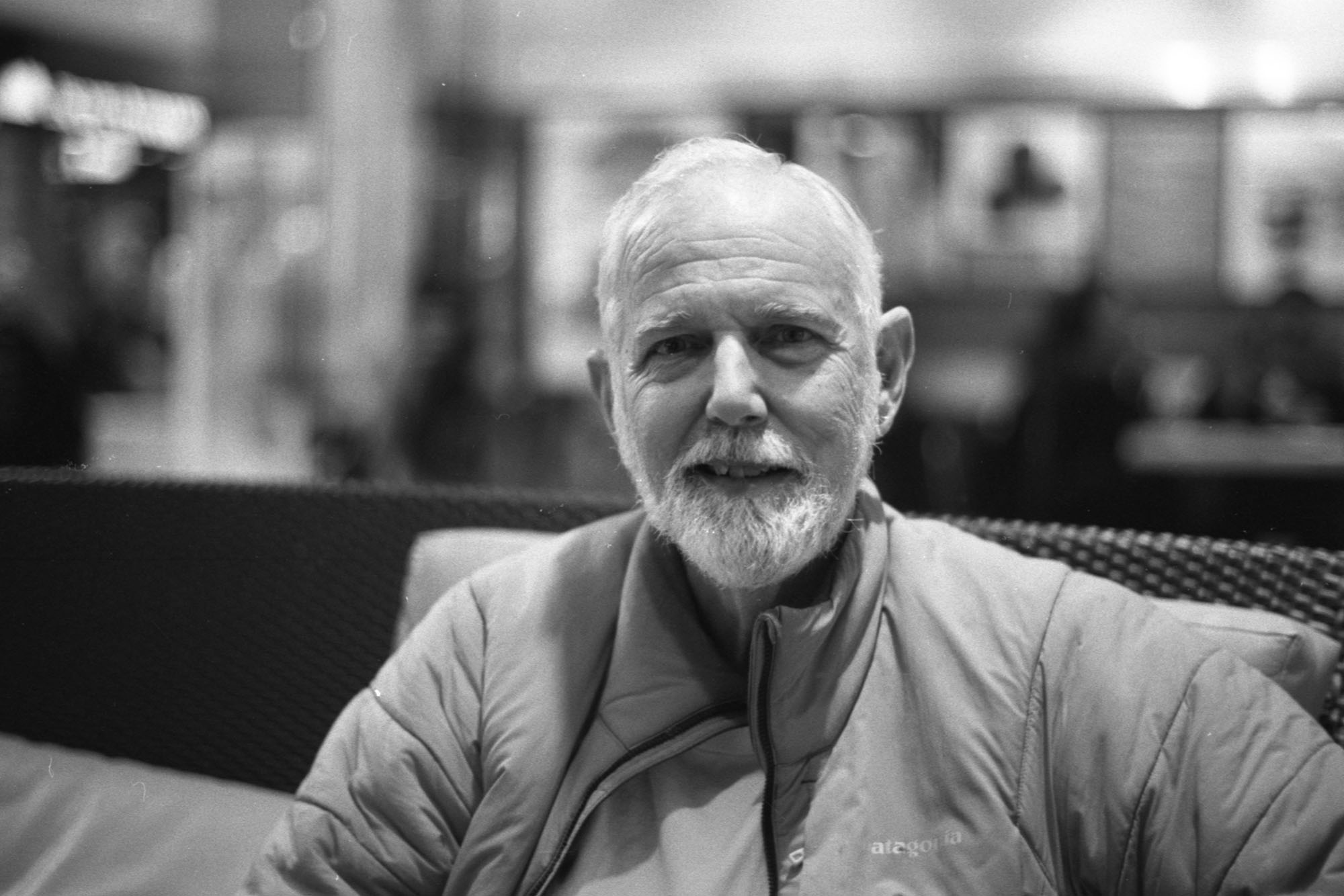
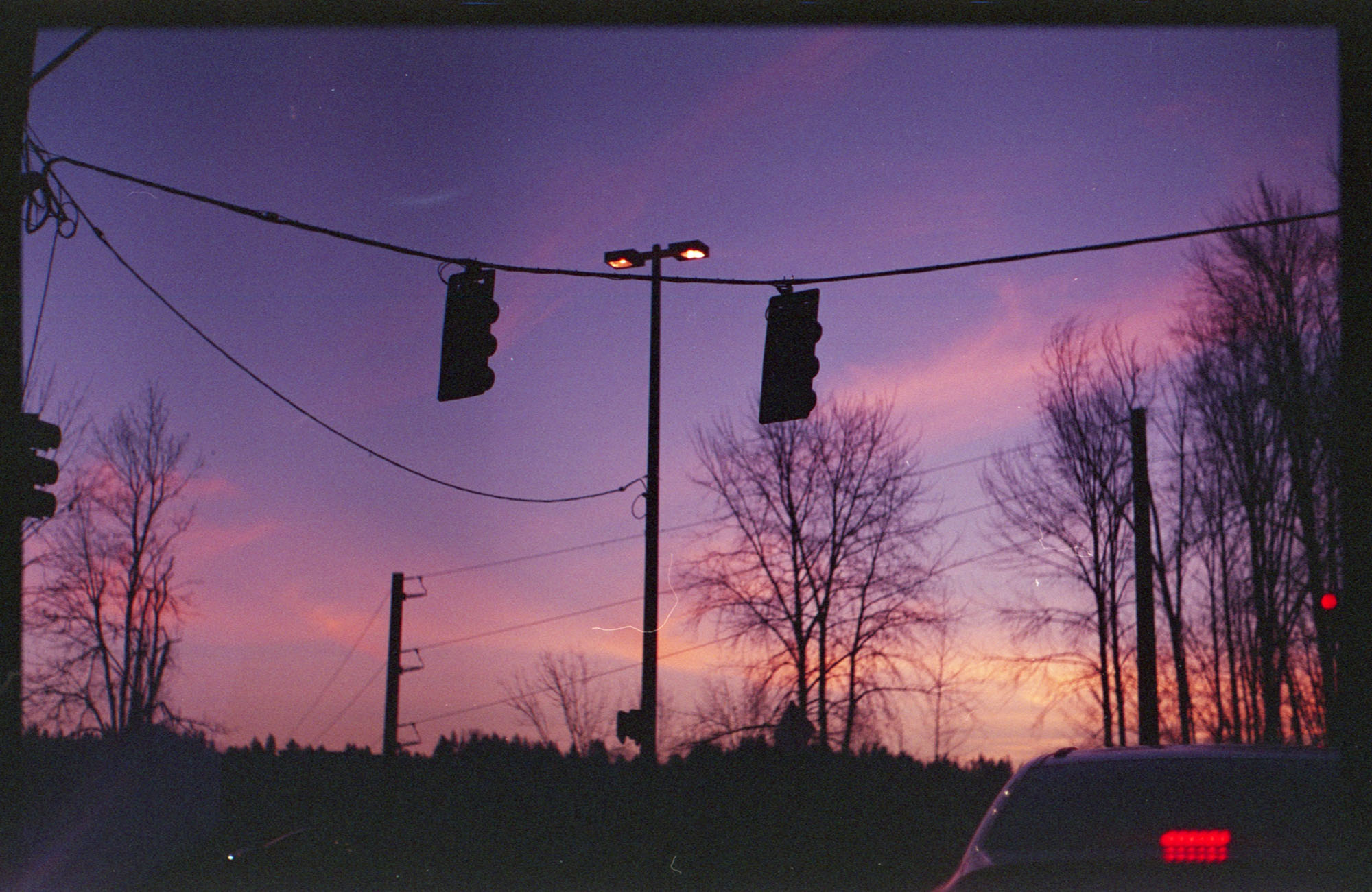


























After a brutal week of heavy rain and humidity, the sun has finally come back to shine over Hong Kong again…